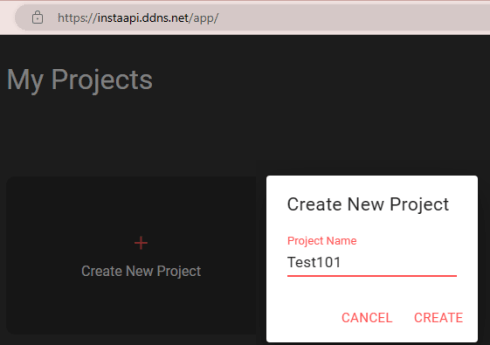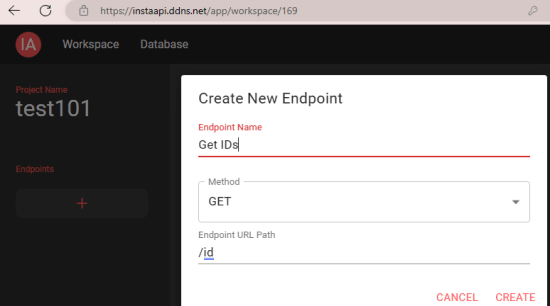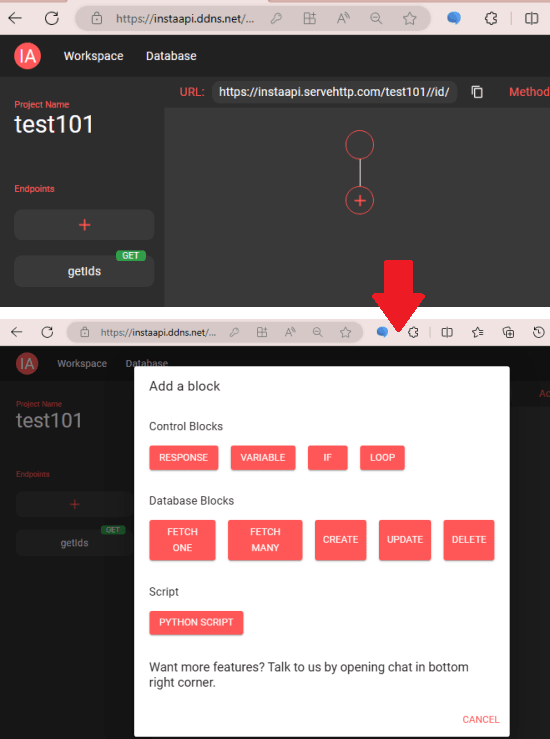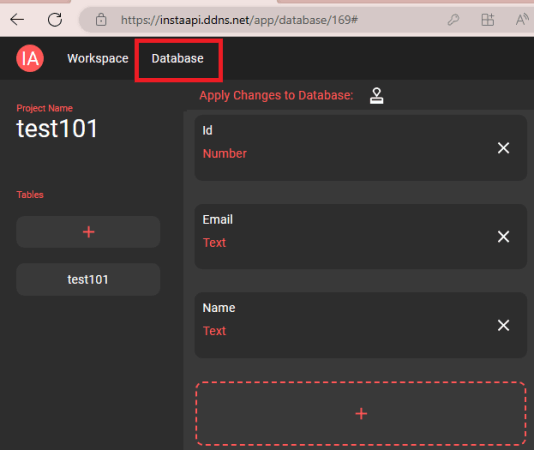InstaAPI is a free low code API builder with database support and block-based editing. It gives you a visual builder that you can use to create endpoints and their functionality. You can create endpoints with HTTP operations such as GET, POST, PUT, and bind an action. There are ready-made blocks for assigning an action to an endpoint or you can also opt to execute a Python script when an HTTP request is received on any of your endpoints.
In the backend, it also gives you an SQL database. You can bind a query action to a call on an endpoint. For example, you can create an endpoint that will receive some data and then update it in the database. You can build and deploy your API in just a few minutes and test it. Since the workspace here is flow based, you can also bind multiple actions on your endpoints if you want to.
Free No Code API Builder with Database, Flow Blocks: InstaAPI
You can go ahead and create a free account on the main InstaAPI website to start using it. Sign up using your email and then create a project in the workspace. Give it a name and then proceed further.

Now, you will reach the main workspace. From here, you can now create your first endpoint. So, just add a new endpoint and then specify its name and HTTP call type. Save the changes and then move forward.

The next thing you have to do is bind an action to the endpoint that you just created. So, in the workflow, just click on the “+” icon and select one of the blocks that it has to show. If you just want to return some data then you can specify key-value pair and save it.

Once you have specified an action for the endpoint, it is time to test it. You can just copy the full URL of the endpoint and then paste it in the browser. It will show you the response. If the response is what you expected then you can now save the changes and use the API anywhere you like.

Apart from APIs, you can also configure the database in the API backend. There is a dedicated section where you can create a new database and then specify the table. You can add columns and then save the changes. After that, you can add and update data in the table either using the data blocks or Python script.

In this way, you can use this simple API builder without any code. Everything is visual and you just need to have a clear picture in mind what endpoints and API routes you want to build.
Closing thoughts:
We have covered API builder and API testers before but nothing ever like InstaAPI. I liked the visual builder that it offers and the process is super simple. But I hope they improve it more in the coming updates. Personally, I would really like to see custom domains option and integration of API docs tooling such as Swagger.